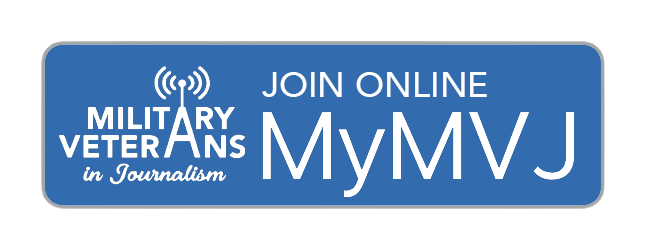Diversity and disinformation were central to the conversation at the 2022 Knight Media Forum, an annual gathering on news trends and their impact that took place virtually Feb. 22-24.

Nikole Hannah-Jones (left) and Ta-Nehisi Coates (right) spoke on truth and trust in journalism at KMF 2022.
The convention began with a panel on clarity and truth in reporting with award-winning journalists Nikole Hannah-Jones and Ta-Nehisi Coates.
The duo discussed the balance between power and news coverage. They believe too many newsrooms lack a skepticism of institutions, leading to what Hannah-Jones considers “lazy reporting.” Many reporters, she says, tend to report what they’re told by authorities instead of investigating all sides. This over-reliance on official sources leaves important stories untold.
Both Hannah-Jones and Coates agreed newsrooms should increase their skepticism to inform their communities better and that having more diverse voices is key.
Journalists from majority groups, Coates believes, are often ill-prepared to question the state’s relationship with the people. They lack the experiences of marginalized communities, who have faced systemic persecution in the past. Diversity in media isn’t performative – it’s important for gaining trust from these communities.
Attendees also heard from news executives on diversity initiatives and leadership in the industry. Versha Sharma, editor-in-chief of TeenVogue, said news executives should do some reporting of their own to keep in touch with what it’s like for reporters working under them.

Kevin Merida (upper right), Versha Sharma (lower left), and Rashida Jones (lower right) came together to discuss leadership’s role in raising diverse talent.
“I think that idea of rolling your sleeves up and doing the work when you can carve out that time…is so important to being a more effective and efficient leader,” Sharma said. Working in the field is necessary to keep up with evolving trends in modern news, she added.
Kevin Merida, editor-in-chief of the Los Angeles Times, discussed the way he fosters diverse talent. He believes everyone has something to contribute to the newsroom and encourages approaching each hire to find and nurture their unique skills.
To build a stronger newsroom, Merida said, leaders have to stimulate a want to belong among their staff. Journalists should want to represent their newsrooms because they feel good about the work they do.
Rashida Jones, president of MSNBC, explained how each journalist’s unique experiences help in the newsroom.
Jones introduced NBCUniversal’s Fifty Percent Challenge Initiative, which sets a goal for the company to have 50 percent diverse staff and 50 percent women. Instead of forcing their newsrooms to diversify via a plan they had no say in, MSNBC’s leadership sought ideas from employees and enabled them to make a difference. “I think the fruit of [this initiative] is better coverage on all of our platforms because it’s better representative of the whole country,” Jones said.
Merida, Jones, and Sharma also covered the importance of mentorships. They encouraged attendees to seek mentors, regardless of where they were in their careers, and advised going to mentors with a career plan. The trio closed their panel by saying the news industry as a whole has to keep improving and pushing forward so the current progress doesn’t disappear.

Dr. Daniel Fagbuyi (top center), Dr. Katrine Wallace (upper right), Jennifer Paganelli (lower left), and Dr. Rajiv Shah (lower center) give solutions to the spread of disinformation.
One of the final panels of the event brought experts in health literature together to discuss disinformation during the COVID-19 pandemic. Dr. Rajiv Shav of the Rockefeller Foundation, Obama Administration Biodefense Appointee Dr. Daniel Fagbuyi, Dr. Katrine Wallace of the University of Illinois at Chicago, and Jennifer Paganelli of Real Chemistry talked about solutions for countering the spread of “fake news.”
Dr. Shav said disinformation reduces public willingness to act by using specific, often threatening messaging targeted at vulnerable groups. As a counter to this, the group recommended for journalists to identify and connect with messengers within communities – a priest, for instance – and give them the information they need to spread.
“You cannot communicate if you do not know your community inside and out,” Paganelli said.
The panel also suggested efficient use of social media and influencers as a possible solution, but with caveats. Each social media platform has a different demographic, so journalists and organizations must consider that when posting. And while bringing influencers on board is a good idea, they have to believe in what they’re pushing.
Dr. Wallace gives her advice for fighting disinformation on social media: “As long as you keep a standard, very simple conceptual method, you can spread that message across platforms and across age groups.”



